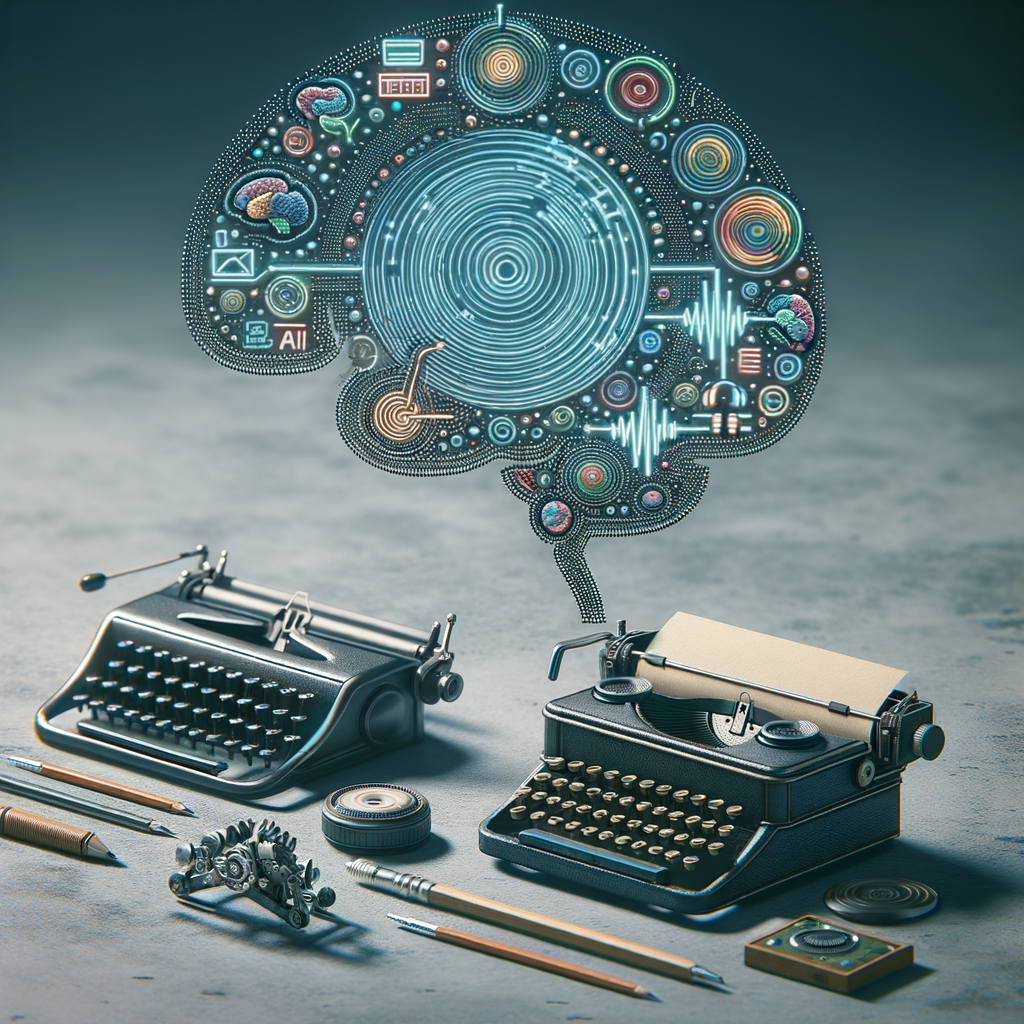
Crafting the Future of Communication: AI-Driven Language Evolution
Dive into the transformative world of AI-driven language evolution, where cutting-edge technology reshapes how we communicate. This post explores the intersection of artificial intelligence and linguistic innovation, from enhancing natural language processing to redefining cross-cultural communication. We'll uncover the implications for both personal and professional spheres, and how these advancements are setting new standards in global connectivity.
Crafting the Future of Communication: AI-Driven Language Evolution
The ability to communicate effectively is a cornerstone of human civilization, allowing us to share ideas, emotions, and knowledge across distances and generations. As we move further into the digital age, artificial intelligence (AI) is emerging as a crucial player in the evolution of language and communication. This transformation is not confined to more efficient speech recognition systems or personal assistants but extends to deeper linguistic understanding, creativity in language use, and improving communication across diverse linguistic and cultural boundaries.
The Rise of AI in Natural Language Processing
Natural Language Processing (NLP) is at the forefront of AI applications in communication. Modern NLP systems are not only better at understanding context and intent but are also being crafted to grasp subtle nuances in meaning, sentiment, and even humor. These advancements are powered by deep learning models which can analyze vast datasets to derive patterns, correlations, and anomalies that were previously unnoticed.
Key Innovations in NLP
- Contextual Understanding: Instead of treating text as a flat string of data, AI systems are learning to interpret context, allowing them to respond more naturally and meaningfully.
- Cross-Language Communication: AI-driven translation tools are becoming smarter, providing near-instantaneous conversion across a multitude of languages, bridging communication gaps and fostering global understanding.
- Sentiment Analysis: Businesses and developers are using AI to analyze consumer sentiment via social media and customer reviews, providing insights into public opinion and enhancing customer relations.
Redefining Creativity in Language
AI is not just about understanding existing languages better; it's also about fostering new forms of expression. AI systems are being used to compose music lyrics, create poetry, and even generate complete narratives.
- AI as Co-Creator: Writers and artists can leverage AI to brainstorm ideas, suggesting plot lines or phrasing that align with a desired theme or mood.
- Creative Writing Assistants: Software like OpenAI's GPT models can assist authors in generating content that maintains a coherent and compelling storyline, thereby streamlining the writing process.
Enhancing Cross-Cultural Communication
One of the most promising features of AI-driven language technology is its potential to break down cultural barriers. AI is increasingly adept at not only translating words but understanding cultural context, humor, idioms, and domain-specific jargon, which are crucial for effective translation.
- Cultural Sensitivity: AI systems are trained on diverse data sets that include cultural nuances, which are essential when translating content that must maintain its original intent and meaning.
- Business Applications: Global companies can create more effective communication strategies that are respectful and engaging towards different cultural perspectives.
Real-World Applications and Future Prospects
The implications of AI-driven language evolution are vast and varied. In business, these technologies can lead to better customer interactions and more effective marketing strategies. In education, they offer personalized learning experiences through language tutoring apps that adjust to the learner's pace. Furthermore, healthcare can see improvements in patient interaction through more intuitive chatbots and diagnostic tools.
The future of AI-driven language technology promises to continue pushing boundaries, offering more sophisticated, context-aware systems that can handle ever-more sophisticated language tasks—potentially even those that require empathy and emotional intelligence. As AI continues to evolve, so too will the ways in which it changes our discourse and our world.
Conclusion
AI is redefining how we communicate, offering new possibilities and tools for understanding and being understood. From supporting creativity to enhancing multilingual communications, AI-language systems are opening up new avenues of expression and interaction. As we craft the future of communication with AI, the focus remains on ensuring these technologies serve to enhance our linguistic capabilities and cross-cultural understanding, driving us toward a more connected world.